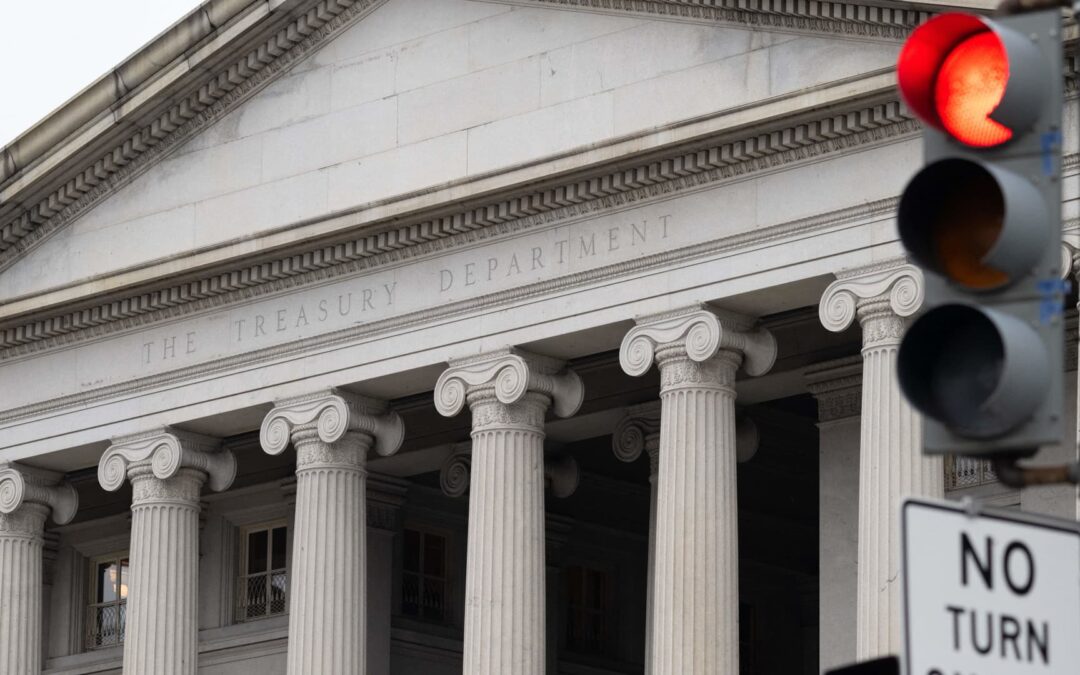The U.S. Department of the Treasury building is seen in Washington, D.C., Jan. 19, 2023.
Saul Loeb | Afp | Getty Images
WASHINGTON — The national debt of the U.S. reached a historic milestone by passing $33 trillion for the first time, less than two weeks before the federal government faces a potential shutdown over a lack of funding authorization.
The debt, which equals the amount of money borrowed by the federal government to cover operating expenses, hit $33.04 trillion Monday, according to the U.S. Department of the Treasury.
A roughly 50% increase in federal spending between fiscal 2019 and fiscal 2021 contributed to the debt topping $33 trillion, the department said.
Tax cuts, stimulus programs and decreased tax revenue as a result of widespread unemployment during the Covid-19 pandemic were factors in driving government borrowing to new heights.
The issue of the debt is at the center of a standstill in Congress over a spending bill that would sustain the government until the next funding cycle.
Republican lawmakers are pushing for less spending, while Democrats back President Joe Biden’s programs, such as the Inflation Reduction Act, which is estimated to cost more than $1 trillion over the next decade, according to a University of Pennsylvania budget model.
House Republicans on Sunday released their own bill to fund the government until Oct. 31 in exchange for an 8% cut to domestic programs with exceptions for national security, according to NBC News.
But that bill is not expected to pass the Democrat-controlled Senate.
Congress has until Sept. 30 to pass a spending bill.








